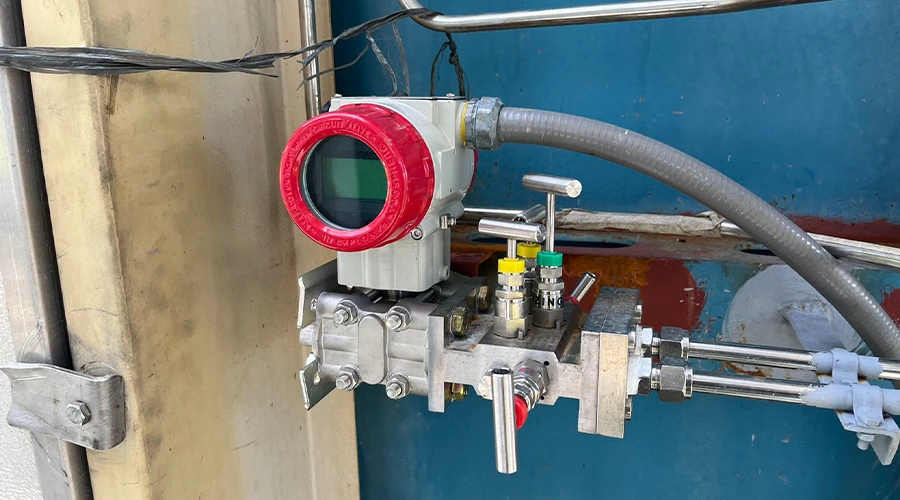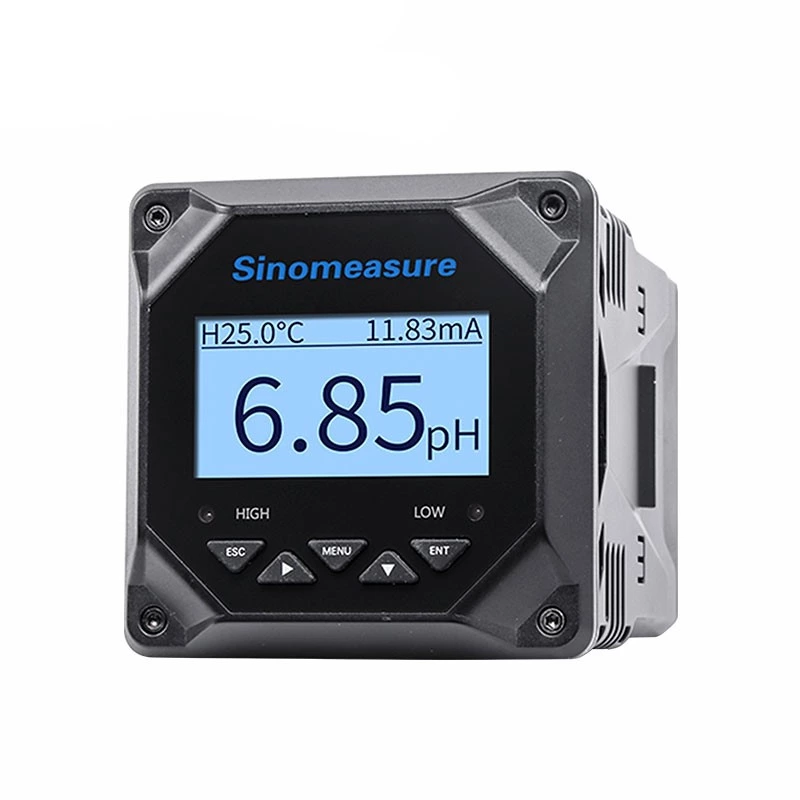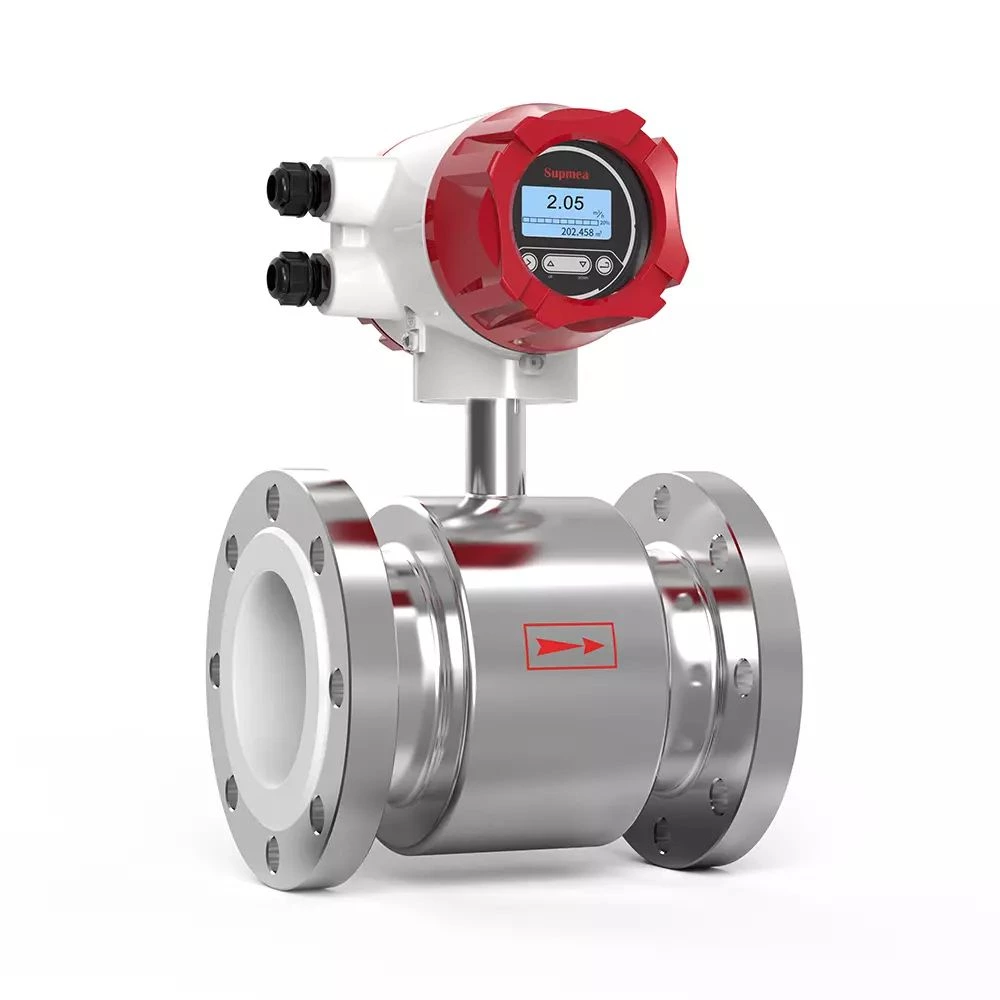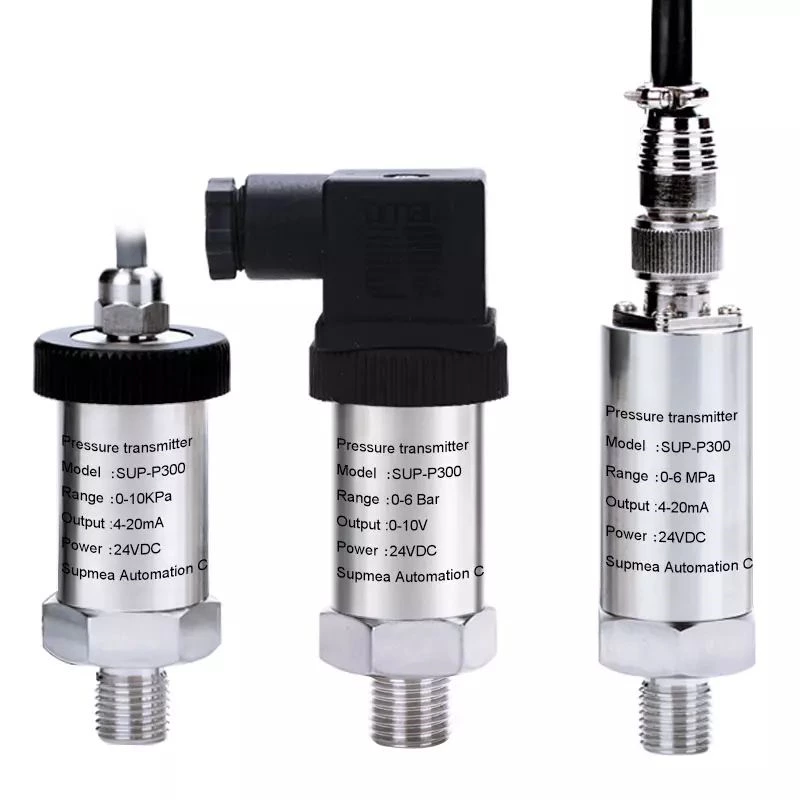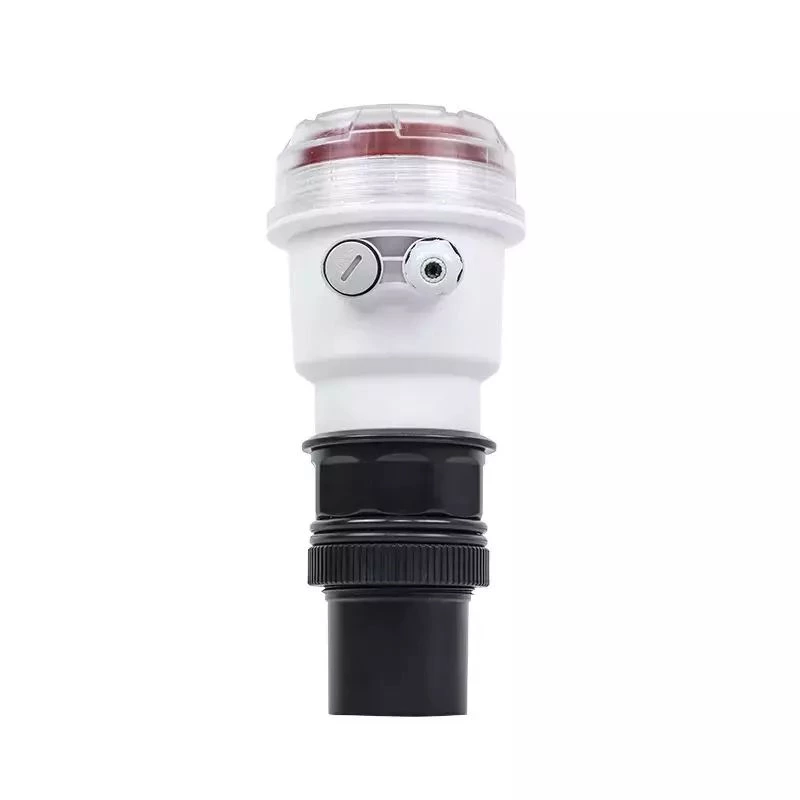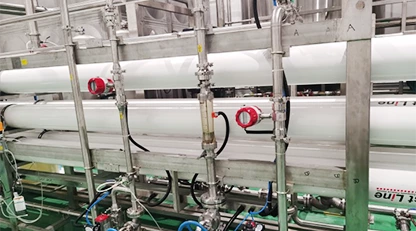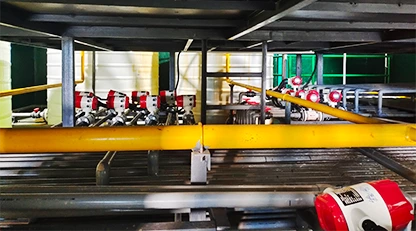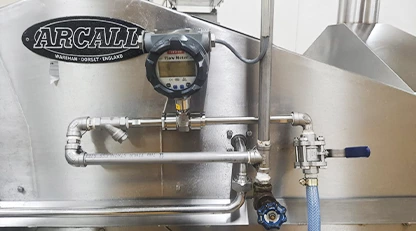What is a differential pressure sensor?
A differential pressure sensor is a device that measures the difference in pressure between two points. It consists of two pressure sensing elements, each of which is connected to a separate pressure port.
The sensor measures the difference between the two pressures and generates a signal that corresponds to this difference.
Differential pressure sensors are commonly used in applications where the pressure difference between two points needs to be measured, such as in flow measurement, level measurement, and pressure drop measurement.
How does a differential pressure sensor work?
The working principle of a differential pressure sensor is based on the fact that the pressure exerted by a fluid at a given point is proportional to its height or depth. Therefore, if a fluid is present at two different heights or depths, the pressure at the lower point will be higher than the pressure at the higher point.
Differential pressure sensors can be designed using different technologies, such as piezoresistive, capacitive, or resonant technologies. They can also be designed to measure a wide range of pressure differences, from very low pressures to very high pressures.
Differential pressure sensors are a useful tool for measuring pressure differences in various applications and are available in a variety of designs and types to suit different requirements.
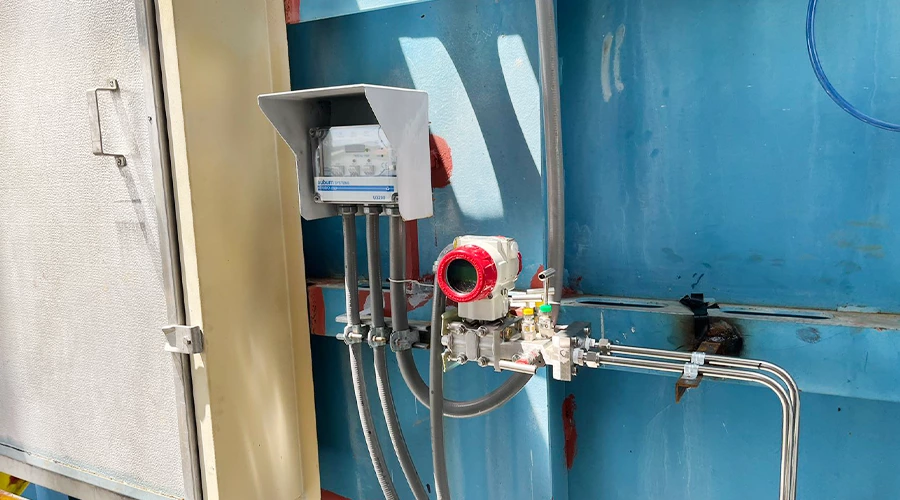
What's the difference between differential pressure sensors and differential pressure transducers and differential pressure transmitters?
Differential pressure sensors, differential pressure transducers, and differential pressure transmitters are all devices used to measure the difference in pressure between two points. However, there are some key differences between these devices:
Differential Pressure Sensors
Differential pressure sensors are typically simple devices that generate a signal that corresponds to the difference in pressure between two points. They are designed to measure the difference in pressure and provide a signal output, such as a voltage or current output. Differential pressure sensors are commonly used in applications where the pressure difference needs to be measured, but the signal needs to be processed by another device or system.
Differential Pressure Transducers
Differential pressure transducers are more advanced devices that convert the differential pressure measurement into an electrical signal that can be processed by a control system or computer. They typically have a built-in signal conditioning circuit that converts the signal into a standard output, such as 4-20mA, 0-10V, or digital outputs. Differential pressure transducers are commonly used in industrial applications where the pressure difference needs to be monitored and controlled.
Differential Pressure Transmitters
Differential pressure transmitters are similar to differential pressure transducers, but they typically have additional features, such as temperature compensation and digital communication protocols. They are designed to provide accurate and reliable measurements in harsh environments and are commonly used in process control and automation applications.
In summary, differential pressure sensors provide a signal output that corresponds to the pressure difference, while differential pressure transducers and transmitters convert the signal into a standardized output that can be used by a control system or computer. Differential pressure transmitters are typically the most advanced and sophisticated of these devices, with additional features to provide accurate and reliable measurements in industrial applications.
More FAQs About Differential Pressure Sensors
What is a DP transmitter?
DP transmitters, or differential pressure transmitters, are electronic devices that measure the difference in pressure between two points in a fluid or gas system. They consist of a pressure sensor, typically a diaphragm, that converts the pressure difference into an electrical signal, and a transmitter that amplifies and transmits the signal to a control system or display unit.
DP transmitters are commonly used in industrial process control and automation applications, such as measuring flow rate, level, and pressure in pipelines, tanks, and vessels. They can be used to measure both liquid and gas pressures and can provide accurate and reliable measurements over a wide range of pressures.
DP transmitters are available in various pressure ranges, accuracy levels, and output signals, such as 4-20mA, voltage, or frequency. They can be calibrated for specific applications and provide a linear response to changes in pressure. They are also available with a variety of process connections, such as flanges, threaded, or sanitary fittings, to accommodate different installation requirements.
In addition to the standard DP transmitters, there are also specialized types, such as multivariable DP transmitters that can measure both pressure and temperature, and capillary DP transmitters that can transmit the pressure signal over long distances.
What is a flange mounted differential pressure sensor?
A flange-mounted differential pressure sensor is a type of pressure sensor that measures the difference in pressure between two points in a process piping system or vessel. It is typically installed between two flanges, and the pressure is transmitted to the sensor through the flange connections. The sensor typically consists of two pressure ports, one on each side of the diaphragm, and a sensing element, such as a strain gauge or piezoelectric crystal, that converts the pressure differential into an electrical signal.
Flange-mounted differential pressure sensors are commonly used in HVAC systems, process control, and industrial applications to measure flow rate, liquid level, and filter clogging. They are particularly useful for applications where the pressure measurement point is difficult to access or where there is limited space for installation. The flange mounting allows for easy installation and removal of the sensor without the need for additional Mounting Hardware.
Flange-mounted differential pressure sensors are available in various pressure ranges, accuracy levels, and output signals, such as 4-20mA, voltage, or frequency. They can be calibrated for specific applications and provide reliable and accurate measurements of differential pressure.
How do you calibrate a differential pressure transmitter?
To calibrate a differential pressure transmitter, you will need a calibrated pressure source, a digital multimeter, and a calibration procedure that specifies the steps to follow. Here are the general steps for calibrating a differential pressure transmitter:
- Verify that the transmitter is installed properly and that the process connections are clean and free from obstructions.
- Verify that the power supply and output signal wiring are correct and that the transmitter is functioning properly.
- Connect the pressure source to the high and low pressure ports of the transmitter, according to the manufacturer's specifications.
- Apply a known pressure differential to the transmitter and verify that the output signal corresponds to the expected value.
- If the output signal is not within the acceptable range, adjust the zero and span settings on the transmitter, using a trim potentiometer or digital communication.
- Repeat steps 4 and 5 for different pressure levels, according to the calibration procedure, to verify that the transmitter is linear and accurate across the range.
- Record the calibration data, including the pressure values and corresponding output signals, and compare them to the expected values.
- If the calibration data is within the acceptable tolerance limits, adjust the transmitter output signal to match the process control system, and verify that the system is functioning properly.
- If the calibration data is outside the acceptable tolerance limits, troubleshoot the installation, wiring, or calibration of the transmitter, and repeat the calibration procedure as necessary.
It is important to note that the above steps are general guidelines, and the specific procedure for calibrating a differential pressure transmitter may vary depending on the manufacturer's instructions and the application requirements. Always refer to the manufacturer's documentation and follow safe calibration procedures to avoid damage or injury.

